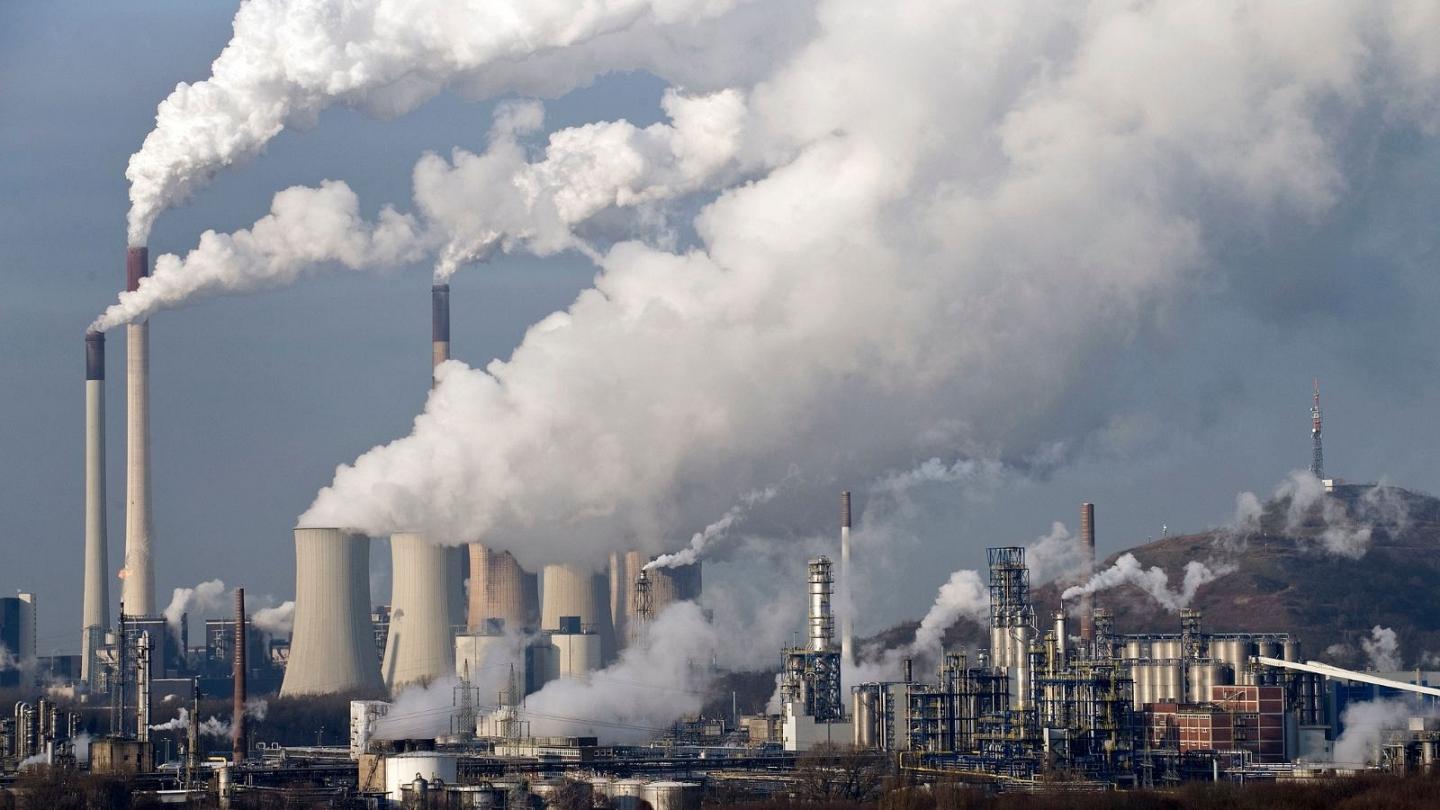
A new study has revealed that nearly 180,000 avoidable deaths over 14 years in fast-growing tropical cities were caused by a rapid rise in emerging air pollution.
The report, published Friday, April 8, 2022, in Science Advances by the University College London, identifies rapid degradation in air quality and increases in urban exposure to air pollutants, as corridors of health hazards.
The researchers attributed this rapid degradation in air quality to emerging industries and residential sources like road traffic, waste burning, and widespread use of charcoal and fuelwood.
The tropical cities analysed in this study spread across Africa, South Asia, South-East Asia, and the Middle East.
They included:
- Africa – Abidjan, Abuja, Addis Ababa, Antananarivo, Bamako, Blantyre, Conakry, Dakar, Dar es Salaam, Ibadan, Kaduna, Kampala, Kano, Khartoum, Kigali, Kinshasa, Lagos, Lilongwe, Luanda, Lubumbashi, Lusaka, Mombasa, N’Djamena, Nairobi, Niamey, Ouagadougou;
- South Asia – Ahmedabad, Bangalore, Chennai, Chittagong, Dhaka, Hyderabad, Karachi, Kolkata, Mumbai, Pune, Surat;
- South-East Asia – Bangkok, Hanoi, Ho Chi Minh City, Jakarta, Manila, Phnom Penh, Yangon;
- Middle East – Riyadh, Sana’a.
Across all these cities, the authors found significant annual increases in pollutants directly hazardous to the health of up to 14 per cent for nitrogen dioxide and up to eight per cent for fine particles, as well as increases in precursors of the same fine particles of up to 12 per cent for ammonia and up to 11 per cent for reactive volatile organic compounds.
”Our analysis suggests we’re entering a new era of air pollution in these cities, with some experiencing rates of degradation in a year that other cities experienced in a decade,” said Lead author Dr Karn Vohra, who completed the study as a PhD student at the University of Birmingham.
According to the study, the rise in the number of premature deaths from exposure to air pollution peaked in South Asian cities, particularly Dhaka, Bangladesh (totalling 24,000 deaths); and the Indian cities of Mumbai, Bangalore, Kolkata, Hyderabad, Chennai, Surat, Pune and Ahmedabad (totalling 100,000 deaths).
However, despite the lower rate of deaths analysed in Africa’s tropical cities due to recent improvements in healthcare across the continent, resulting in a decline in overall premature mortality, researchers foretold worsening effects of air pollution on health would likely occur in the coming decades.
“We continue to shift air pollution from one region to the next, rather than learning from errors of the past and ensuring rapid industrialisation and economic development don’t harm public health. We hope our results will incentivise preventative action in the tropics,” co-author of the research, Dr Eloise Marais, noted.
The PUNCH reports that this study is complementary to the latest report released by the World Health Organisation on Monday, April 4, 2022 – ahead of the recently concluded World Health Day.
The PUNCH had reported that a staggering 99 per cent of the global population breathed air exceeding the prescribed quality limits, thereby posing serious health dangers.
According to the WHO’s analysis of over 6,000 cities in 117 countries where it had monitored their air qualities, the inhabitants of these cities were yet unawarely breathing unhealthy levels of fine particulate matter and nitrogen dioxide, adding that people in low and middle-income countries were even more susceptible to the highest level of exposure.
”After surviving a pandemic, it is unacceptable to still have seven million preventable deaths and countless preventable lost years of good health due to air pollution.
”That’s what we’re saying when we look at the mountain of air pollution data, evidence, and solutions available. Yet too many investments are still being sunk into a polluted environment rather than in clean, healthy air,” WHO Director, Department of Environment, Climate Change and Health, Dr Maria Neira, stated in the report earlier this week.
The agency also prescribed safeguard measures to improve air quality and health, which included: monitoring air quality and identifying sources of air pollution; supporting the transition to exclusive use of clean household energy for cooking, heating and lighting; building safe and affordable public transport systems and pedestrian and cycle-friendly networks, amongst others.





